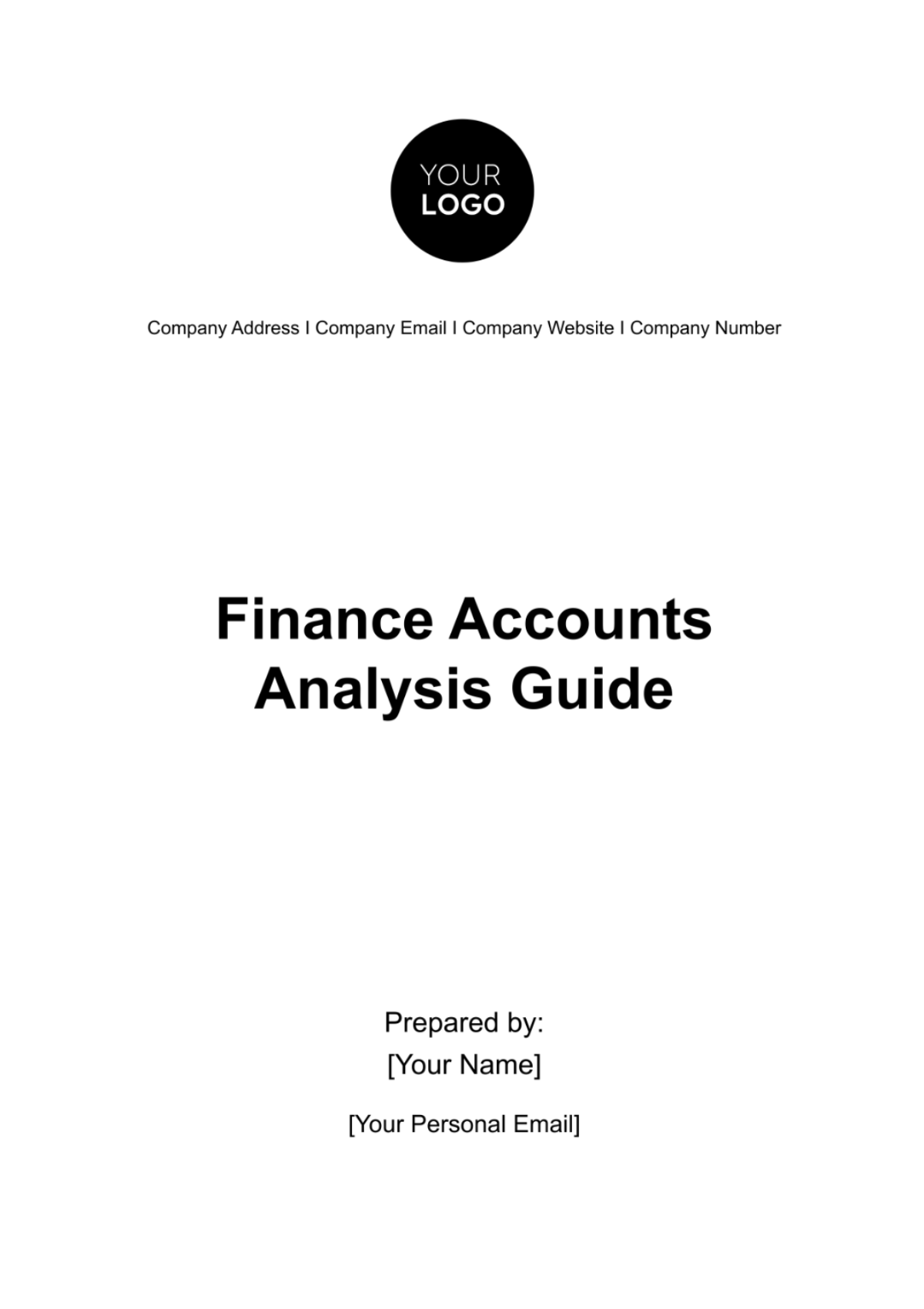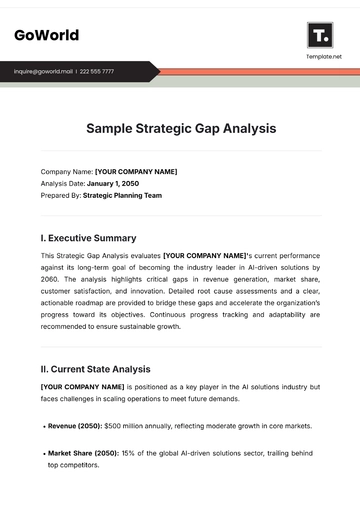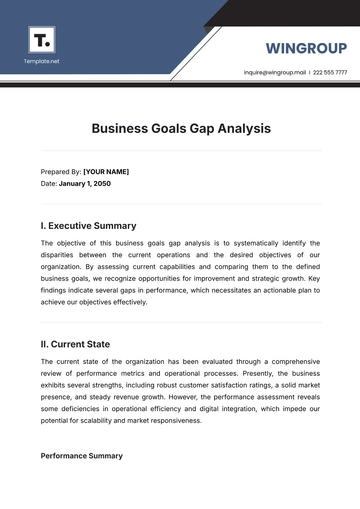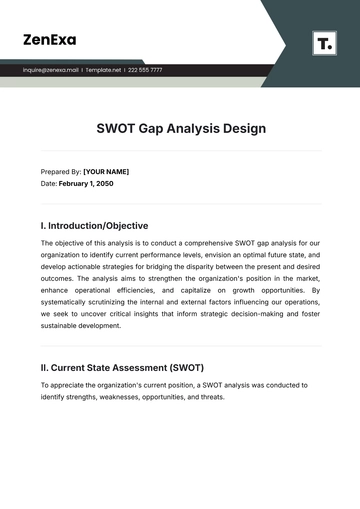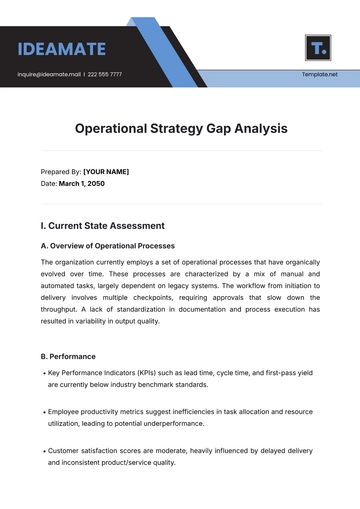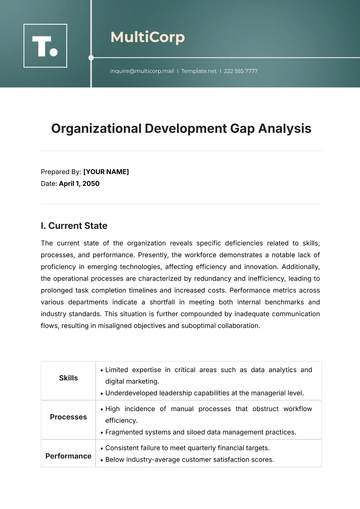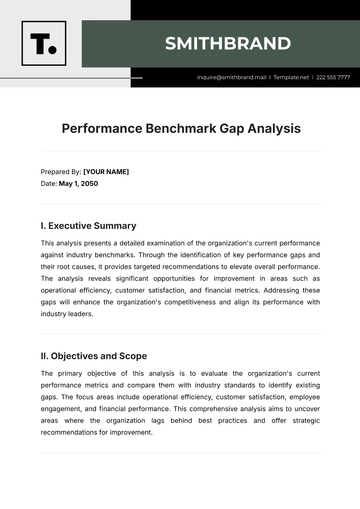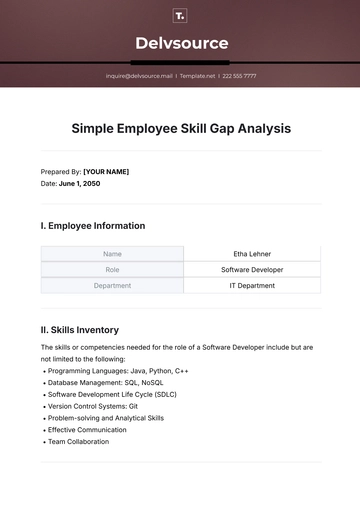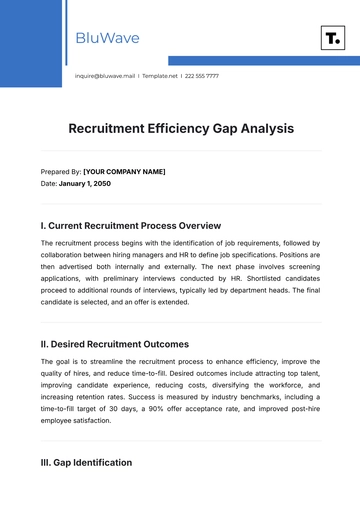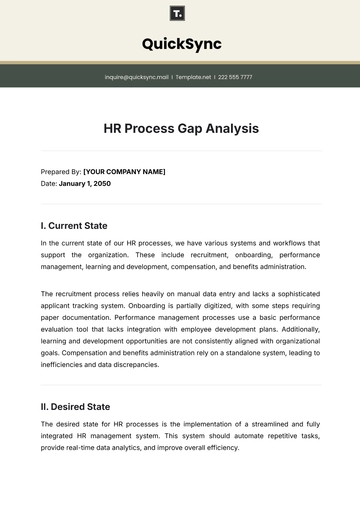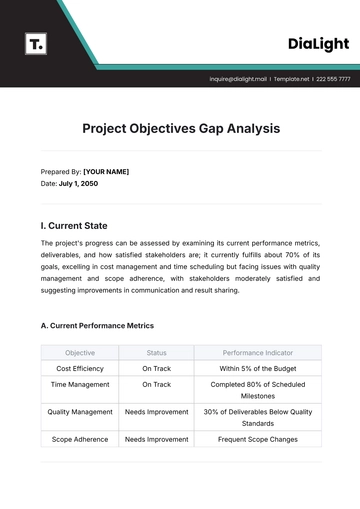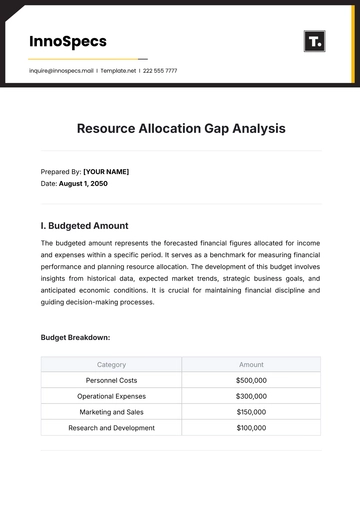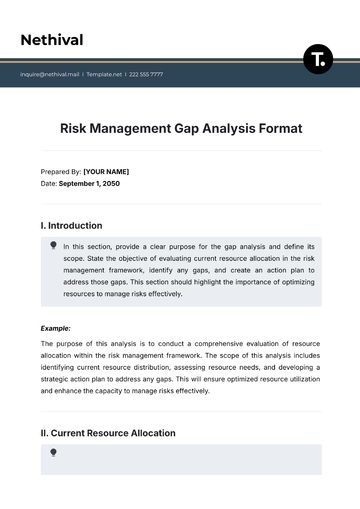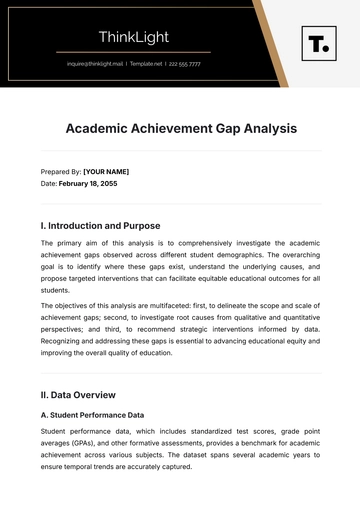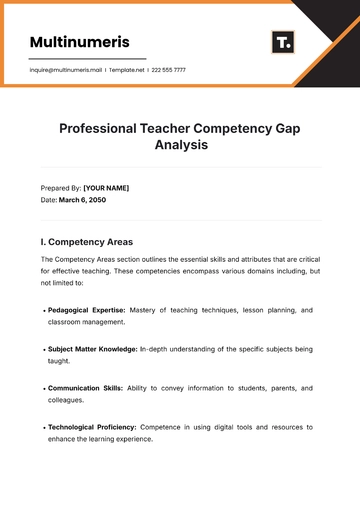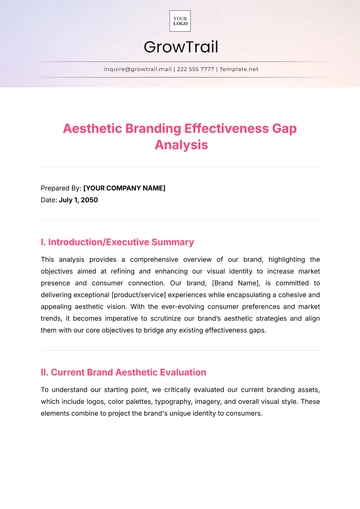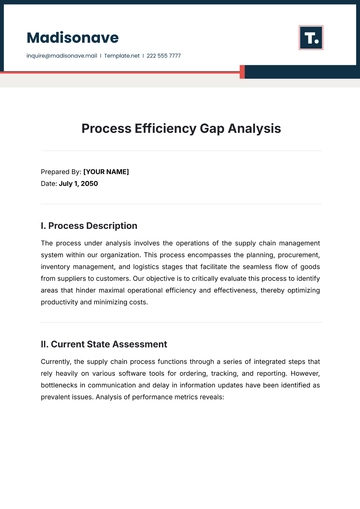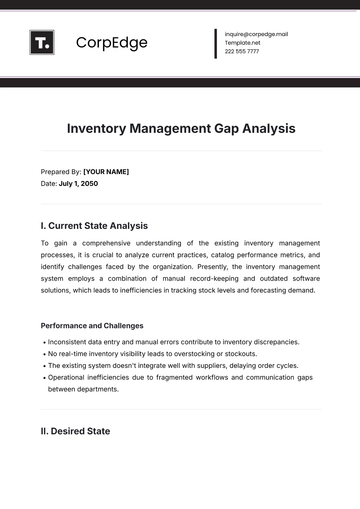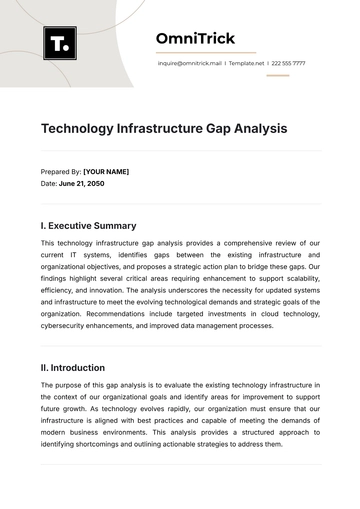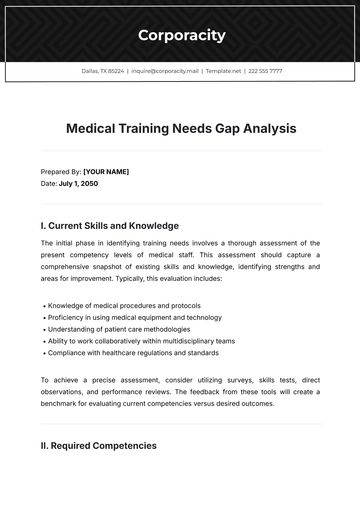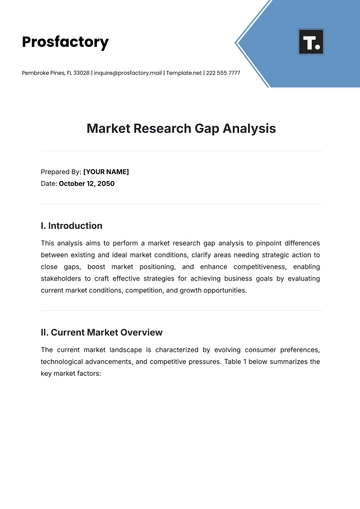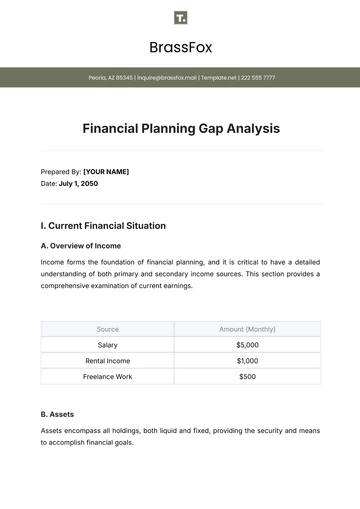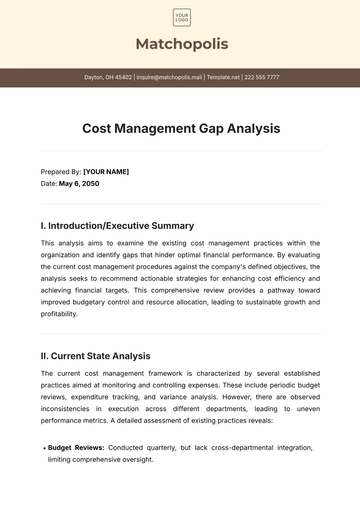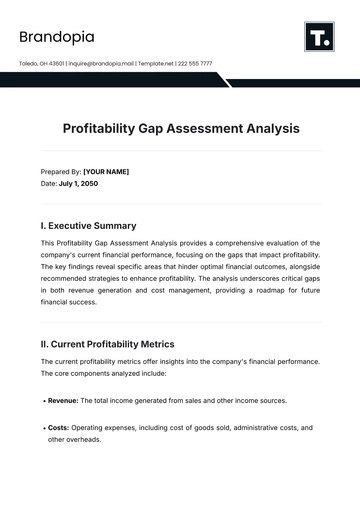Finance Accounts Analysis Guide
Financial statements are crucial tools that give an informative snapshot of a company's fiscal health at a particular time. These documents, which include key financial records such as the balance sheet, the income statement, and the cash flow statement, help us understand how well a company is performing financially. This comprehensive guide is specifically designed to equip those in the Finance and Accounting sectors with the necessary knowledge and skills. The ultimate aim is to enable such professionals to independently analyze and decode the complex data in these financial statements, thereby enabling them to ascertain a company's financial status and make more informed business decisions.
Getting Started
To commence or get started, please ensure that the following items or prerequisites are readily available to you:
The privilege of being able to review and analyze the company's financial statements.
Having a fundamental comprehension of principles related to the field of accounting.
A pencil and a piece of paper are needed to take notes.
Step-By-Step Instructions
I. The Balance Sheet
The procedure that is currently under investigation is found to be composed of three basic, but crucial components. These integral parts must be accurately identified. Further elaboration on these components reveals them to be the assets, which could refer to cash, inventories, accounts receivable, etc., the liabilities, which could include long-term and short-term debts, and finally, the owner's equity, which essentially encapsulates the residual interest in the assets of the entity after deducting liabilities.
Firstly, you need to ensure that you comprehend not only the definitional aspects of each of the three components involved in this process but also their functional relevance. Understanding the implications each one has and their distinct functionalities is paramount. After you have achieved a thorough understanding of each of these parts, your next step will be to engage in computation procedures aimed at determining the net assets. The calculation of net assets is an integral part of this process. It involves subtracting the sum of the liabilities from the total assets. The resulting figure is indicative of the net assets, giving you a clear picture of the organization's financial standing.
After having calculated the net assets, you will move into the last phase of this process. This phase is concerned with confirmation procedures. These procedures are implemented to ensure that the calculated net assets perfectly align or correspond in every respect with the amount of the owner's equity. For the sake of maintaining financial consistency as well as for the sake of transparency during the process under examination, these two figures must reflect a perfect match. This will ensure that the organization or individual is compliant with the standard financial practices and guidelines that function to govern and maintain consistency in financial reporting and accountability, thereby enhancing overall financial transparency.
II. The Income Statement
To start, it is crucial to acknowledge and distinguish between two important aspects of a financial statement. The first aspect is the top line, which is another name for revenues. It represents the total income a business generates from selling its products or services. The other significant aspect is the bottom line. This term refers to the net income of the business, indicating the final profit or loss after all expenses, taxes, and costs have been deducted from the top-line revenue. Therefore, thorough understanding and differentiation between these two - the top line (revenue) and the bottom line (net income) is of paramount importance.
Please carry out an in-depth and comprehensive analysis of different types of expenses such as operating expenses, tax-related expenditures, as well as interest expenses, and compare them with the revenues received.
It is necessary to evaluate the net profit margin. This financial metric is usually determined by employing a formula where the net income of a business is divided by its total revenue. Such a calculation provides a percentage that indicates the profitability of a business. Therefore, it becomes essential to evaluate this to get a clear perspective of a business's financial health.
III. The Cash Flow Statement
The process at hand involves the identification of different types of cash flows that business usually engages in. These cash flows typically involve operating activities that have a direct influence on the day-to-day business processes. They also include investing activities which usually involve the allocation of resources in certain aspects such as purchasing equipment or investing in stocks. Lastly, they entail financing activities that involve transactions such as the issuance of shares or acquiring loans.
It is essential to pay particular attention to the cash flow that arises from operating activities. When such cash flow is found to be positive, it is often indicative that the business is in a healthy state. This is because a positive cash flow from operating activities means that the company is generating more cash from its regular business operations than its spending, signifying a successful and profitable operation.
It's of utmost importance to be able to distinguish between cash inflow and cash outflow. Cash inflow refers to the money coming into the business from various sources like sales or investment returns. On the other hand, cash outflow refers to the money that is leaving the business through expenses such as salaries, rent, or loan payments. By properly distinguishing between these two, one can accurately assess the business's overall liquidity, which is a key measure of how easily a company can meet its short-term financial obligations.
Troubleshooting and FAQs
Q1: Why do the net assets and owner’s equity sometimes differ?
A: This issue might be attributed to possible miscalculations in our accounting process. In addition, it could also be attributed to updates that are still pending in our valuation of assets. Lastly, it could be because the figures representing our liabilities are still in the process of being updated.
Q2: What if my company has a negative cash flow from operating activities?
A: When a company exhibits a negative cash flow stemming from its operating activities, it implies that the company is experiencing an expenditure that is higher than its current earnings. This development serves as a critical warning sign indicating financial instability, hence it necessitates prompt and decisive action for rectification.
Conclusion
Having a clear understanding of financial statements is a crucial factor when it comes to assessing the financial health of a company. It's important to familiarize yourself with the way these statements are laid out and their key elements, which include the company's assets, liabilities, sources of revenue, expense overheads, and cash flows. In doing so, you can then carry out your independent analysis of the company's financial statements. This will allow you to draw informed and insightful conclusions about the overall financial status of a business. This thorough understanding can provide an in-depth view of the company's fiscal condition and overall operation.
It is always vital to cross-verify the figures from various financial statements to assure accuracy and consistency across all financial records.
It is highly crucial to pay special attention to the cash flow of any business as cash serves as the primary and most significant lifeline that ensures the survival and progression of every business establishment.
It is important to consistently and regularly review the financial statements of a company. By doing this, one can effectively track the history of the company's financial performance. Additionally, this information can be used to predict potential trends for the company's future financial situation.
Although the prospect of understanding and interpreting these financial documents may appear to be complicated or challenging at first glance, I want to encourage you to be persistent and consistent in your efforts. The more time and practice you dedicate to learning about these documents, the less intimidating they will become. In time, you will find it easier to comprehend and derive useful insights from these financial documents. This journey towards attaining financial literacy is a rewarding one, and I wish you the very best of luck as you continue to navigate this path.
